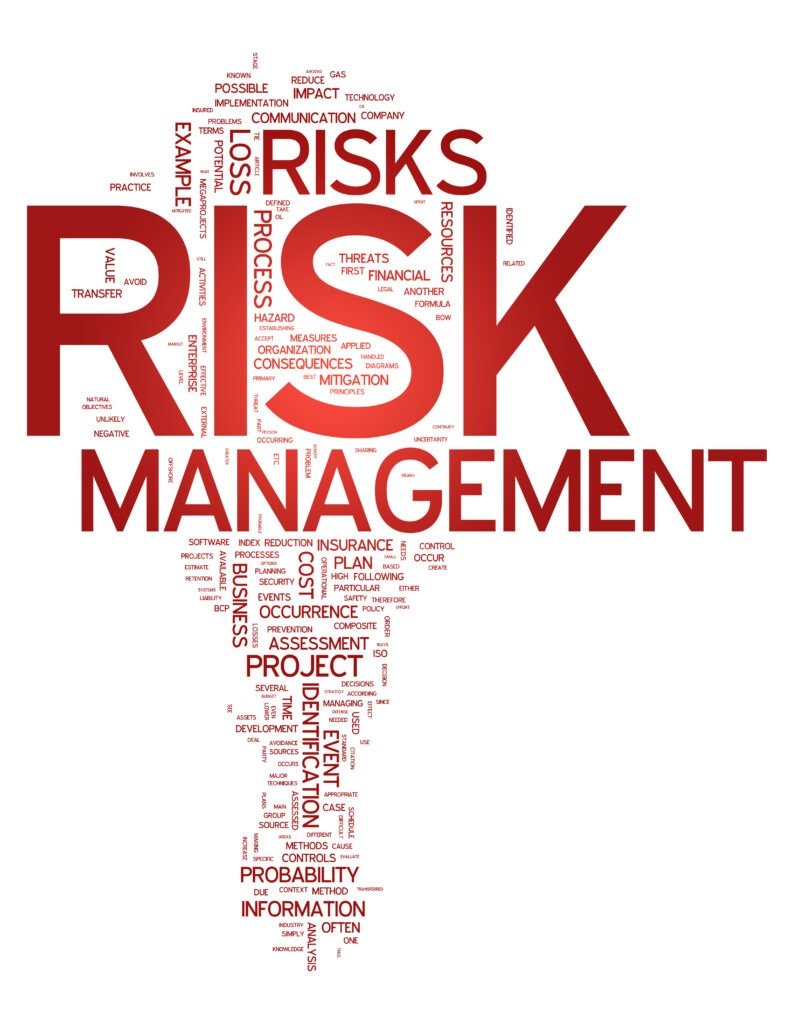In today’s connected world, businesses often depend on third parties like vendors, suppliers, contractors, or service providers. These external partners help in various tasks such as IT support, logistics, data storage, or customer service. While this improves efficiency and saves costs, it also brings hidden risks.
If a third party makes a mistake, gets hacked, or fails to meet standards, it can cause serious problems for your business. This is where Third Party Risk Management becomes important. It helps you stay safe by checking and controlling the risks linked to working with external partners.
What Is Third Party Risk Management?
Third Party Risk Management (TPRM) is the process of identifying, assessing, and controlling the risks that come from working with outside companies or individuals.
These third parties often have access to your data, systems, or customers. If something goes wrong on their end, your company could also face damage. TPRM helps reduce that risk.

Why Businesses Need TPRM
- Protects sensitive customer and company data
- Ensures business runs smoothly without unexpected surprises
- Helps meet legal and industry rules
- Reduces chances of financial loss due to vendor failures
- Builds trust with clients and stakeholders
Types of Risks That Come from Third Parties
Not all risks are visible right away. Many stay hidden until it’s too late. Below are common types of risks that Third Party Risk Management can help you identify and control:
1. Cybersecurity Risks
Third parties may have access to your systems. If they don’t use strong security, hackers can break in and steal data. This can lead to data breaches and legal trouble.
2. Operational Risks
If a key vendor fails to deliver on time or stops working suddenly, your business processes may stop or slow down.
3. Compliance Risks
Certain industries like finance, healthcare, and IT have strict laws. If your third party breaks those rules, your business might also be held responsible.
4. Reputational Risks
If a partner or vendor is involved in fraud or bad practices, it can damage your brand’s image even if your business wasn’t directly involved.
5. Financial Risks
You may lose money if a third party shuts down, raises prices suddenly, or fails to meet contract terms.
Steps in a Strong Third Party Risk Management Program
A good TPRM program does more than just pick vendors. It checks them regularly and sets up a clear plan to manage problems. Here’s how it works:
Step 1: Identify All Third Parties
Start by listing all the third parties your business works with. Include vendors, service providers, and consultants. Even small partnerships can carry risks.
Step 2: Assess the Risk Level
Each vendor brings a different level of risk. For example, a cloud provider with access to customer data has higher risk than a company that delivers office supplies.
Ask questions like:
- What data or systems does this third party have access to?
- What would happen if they stopped working tomorrow?
- Have they faced any past security or legal issues?
Step 3: Review Contracts and Agreements
Make sure contracts clearly explain the third party’s responsibilities. Include rules about data handling, security, service levels, and penalties for non-performance.
Step 4: Perform Background Checks
Do a detailed check on the company’s history, security practices, and legal issues. This helps avoid future problems.
Step 5: Monitor Ongoing Performance
Don’t stop after signing the contract. Regularly review the third party’s performance, security updates, and compliance with rules.
Step 6: Create an Exit Plan
If things go wrong, you need a backup plan. Set up a clear exit strategy that allows you to quickly replace or cut ties with a failing third party.
Best Practices to Strengthen Your Third Party Risk Management
A solid TPRM program requires regular updates, team support, and strong internal policies. Here are some helpful practices to follow:
Set Clear Internal Roles
Make sure teams understand who is responsible for managing third-party risks. This may include legal, procurement, IT, and compliance departments.
Train Employees Regularly
Staff members should know how to work safely with third parties, especially when handling data or confidential information.
Use Risk Scoring
Assign a score to each vendor based on their risk level. High-risk vendors can then be monitored more closely.
Schedule Regular Audits
Regular reviews and audits help detect new risks. Ask third parties to share updates about their security practices, certifications, and compliance status.
Use Technology Tools
There are tools that help automate the tracking and reporting of third-party risks. This makes the process easier and more efficient.
Industries That Benefit Most from Third Party Risk Management
While TPRM is useful for all businesses, some industries face higher risks due to the sensitive nature of their operations. These include:
Finance
Banks and financial companies handle large volumes of sensitive data. TPRM helps prevent data theft and ensures compliance with banking laws.
Healthcare
Hospitals and clinics work with vendors that handle medical records. Any data leak can lead to legal and ethical issues.
Technology
IT companies use cloud platforms, data storage services, and SaaS products. TPRM is key to protecting intellectual property and customer data.
Retail and E-commerce
These businesses rely on delivery partners, payment gateways, and customer service tools. One weak link can lead to unhappy customers or data loss.
Signs Your Business Needs a Stronger TPRM Program
It may be time to improve your Third Party Risk Management process if:
- You don’t have a full list of vendors and what they do
- You’ve had vendor-related problems in the past
- Contracts do not include clear risk terms
- There’s no regular monitoring of vendor performance
- You’re unsure who in your team manages vendor risks
Fixing these gaps can help avoid future losses and build stronger partnerships.
How Third Party Risk Management Helps in the Long Run
TPRM isn’t just about preventing disasters. It also adds long-term value to your business.
Better Decision Making
When you understand vendor risks, you can choose partners more wisely. This leads to better results and fewer disruptions.
Improved Customer Trust
When customers know you manage your risks well, they are more likely to trust your brand.
Stronger Compliance
TPRM helps you meet government and industry rules, which avoids penalties and improves your reputation.
Business Continuity
If a vendor fails, your TPRM program ensures you’re not left without options. You’ll have backup plans to keep things running.
Challenges in Implementing TPRM (And How to Overcome Them)
Starting a TPRM program can be hard, especially for growing businesses. Here are some common issues and how to solve them:
Lack of Resources
Problem: Small teams may not have time or tools to manage vendor risks.
Solution: Use automation tools and focus on high-risk vendors first.
No Standard Process
Problem: Different teams follow different steps, which leads to confusion.
Solution: Create one standard policy for all departments to follow.
Poor Communication
Problem: Risk data is not shared across teams.
Solution: Hold regular meetings and use shared dashboards.
Conclusion:
Third Party Risk Management is not just a one-time task—it’s an ongoing process that protects your business from threats you may not see coming. In a world where most companies work with dozens or even hundreds of third parties, it becomes critical to monitor who has access to your data, systems, and reputation.
By identifying risks early, creating clear vendor agreements, and staying alert with regular reviews, you can reduce hidden dangers and keep your operations running smoothly.
For More Insightful Articles Related To This Topic, Feel Free To Visit: guest-post












































